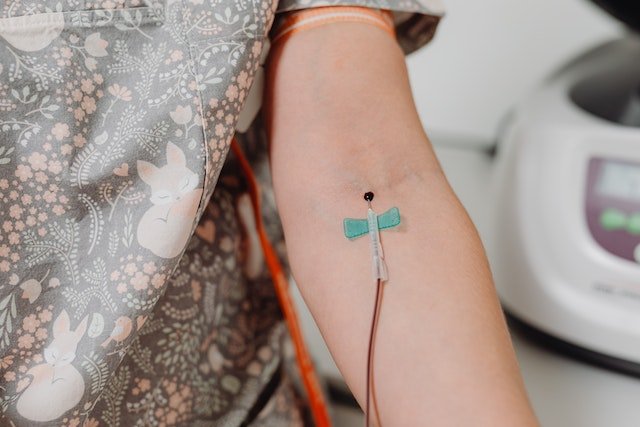
Peripheral artery disease (PAD) impacts over 18M Americans and goes unidentified in many more. A cardiovascular illness that impairs blood flow to the limbs, PAD could be linked to coronary artery disease, stroke, heart attack, and even result in limb amputation. For this reason, understanding the early symptoms of peripheral arterial disease El Paso and obtaining timely therapy may substantially minimize your risk of contracting an even more life-threatening illness. At Desert West Vein & Surgery Center, Dr. Atur Kasha can examine your concerns and discuss appropriate care options. Meanwhile, check out this post to become familiar with the early symptoms of peripheral artery disease.
Why Peripheral Artery Disease Is A Grave Condition?
Peripheral artery disease, also referred to as a peripheral vascular disease, indicates a cardiac function issue. In peripheral artery disease, your arteries, notably those that supply blood to your limbs, become constricted. Even though it is distinct from coronary artery illness, the two concerns frequently coexist.
If it remains unchecked, peripheral artery disease could have serious consequences, such as amputation. PAD may suggest a greater risk of developing additional heart-related conditions, including a stroke or heart attack.
What Are The Common Symptoms Of Peripheral Artery Disease?
Some individuals with PAD exhibit no symptoms, which may be particularly true in the initial phases of the illness. Nevertheless, if you do exhibit symptoms, the following are major red flags:
§ Leg discomfort that could be periodic or continuous. Numerous people say that PAD begins with calf pain or cramping
§ Burning or aching sensation in the feet, particularly at night when lying down
§ Slow-healing foot or leg ulcers
§ Buttock, hip, or thigh discomfort, particularly when exercising or walking
§ Enhanced probability of infections
§ Fresh skin on the feet
§ Sluggish leg and toenail hair growth
§ Feet and legs exhibit variegated pigmentation
§ Erectile dysfunction; caused by blood flow problems
Nonetheless, while PAD could affect anybody, some individuals are at increased risk for peripheral artery disease. African-Americans are twice as likely to develop the condition as well as those with a family history of cardiovascular illness.
While you can do nothing about the risk factors highlighted above, other factors are simpler to manage. Manageable risk factors include smoking, obesity, high cholesterol, physical inactivity, diabetes, and hypertension.
What Are The Treatment Options For Peripheral Artery Disease?
Despite the severity, peripheral artery disease is curable. Dr. Kasha begins by looking at your lifestyle and making recommendations for improvement. In addition, Dr. Kasha conducts tests to evaluate the size and location of the blockages in your limbs.
At the office of Desert West Vein & Surgery Center, you can access a wide range of peripheral artery diseases. These treatments necessitate only light sedation, not general anesthesia. Typical treatments for PAD you may expect include:
· Balloon angioplasty: In this treatment, a tiny balloon is injected into the vein at the blockage site. Slowly inflating the balloon creates a clearer passage for blood to travel across the veins.
· Atherectomy: This advanced technique employs a tiny instrument to eliminate plaque accumulation from the veins directly.
· Stents: Stent placement is typically not the first treatment choice for PAD. In certain patients, though, doctors can place a stent to maintain the leg arteries open. Additionally, you will have to take blood thinners with this therapy.
Peripheral artery disease is a painful condition. Although it is a dangerous condition, you may effectively treat it with the correct care. If you are experiencing symptoms, call the El Paso, TX office or use the online booking tool to schedule a consultation today.
